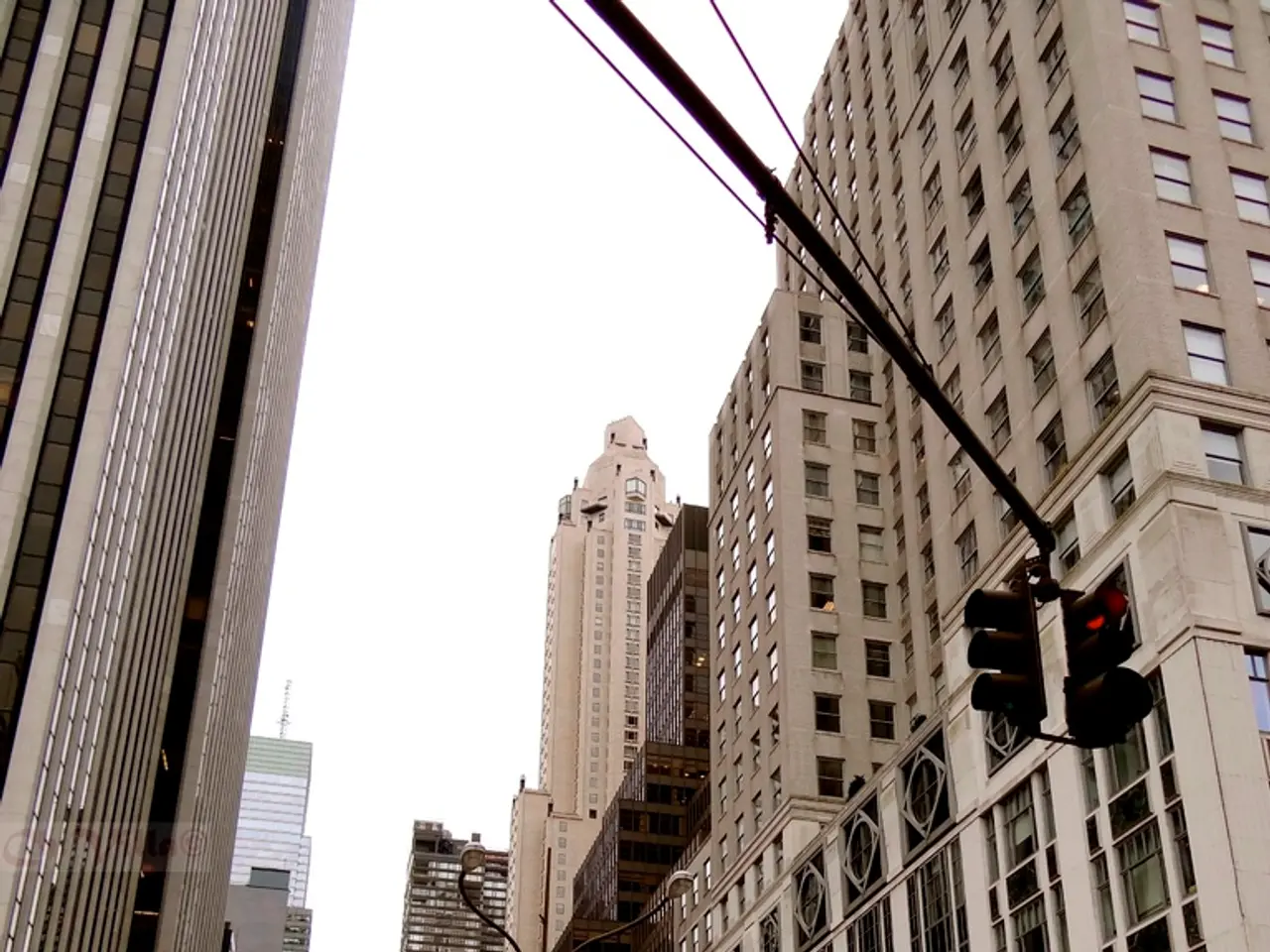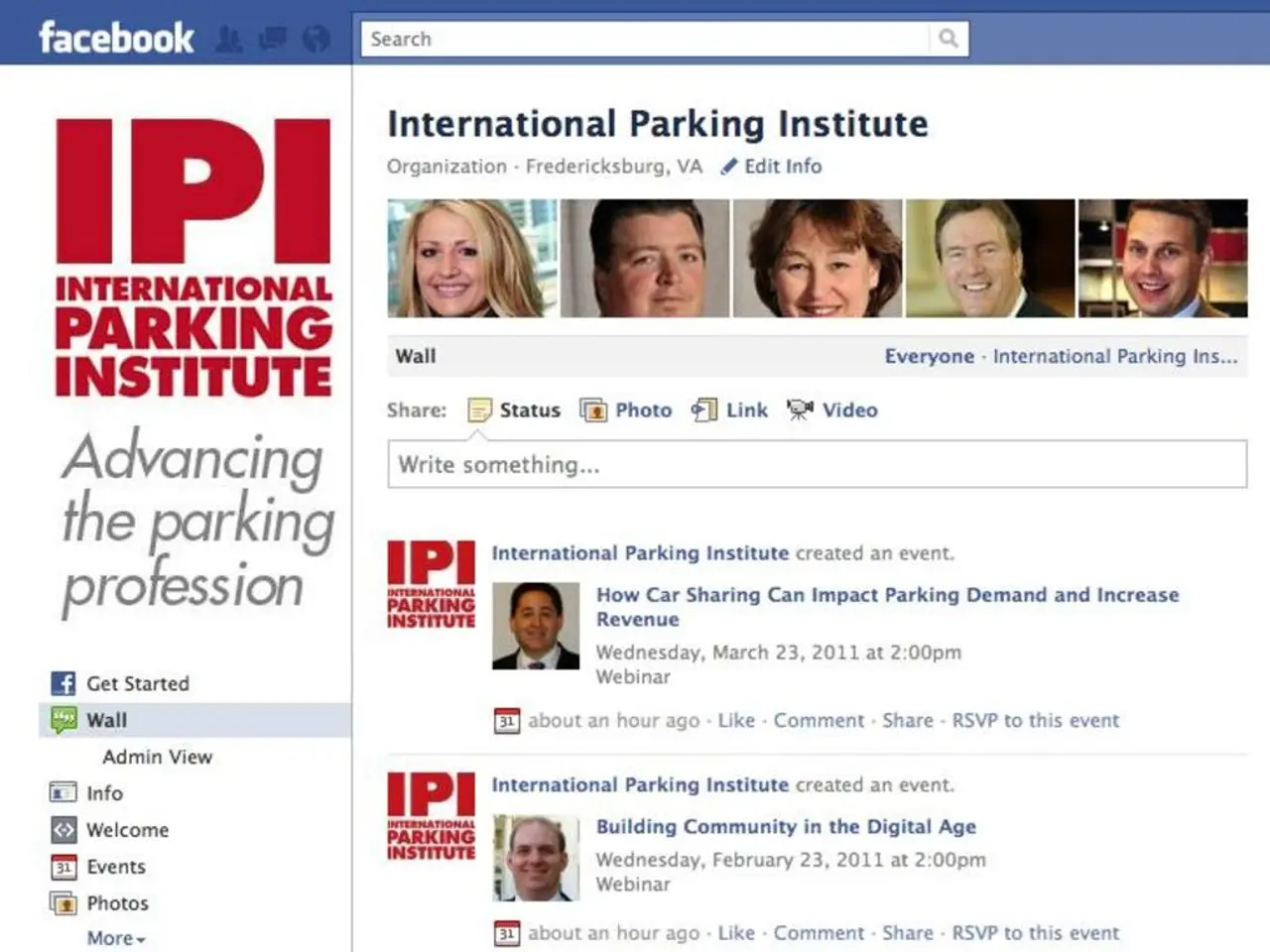Advertising on TV isn't classified as high-risk enterprise due to several factors, including the potential for broad reach, consistent viewership, and established brand recognition that companionship offers advertisers.
Revised Article:
Elliot Wright's recent piece on Why TV Investment is Overdue for a Risk-Focused Shift tackles the issue of risk aversion in TV investment, advocating for a renewed focus on effectiveness and strategic reallocation of resources to high-attention channels with proven returns.
Let's delve into this discussion, particularly Wright's assertion that TV is a high-stakes channel in a world filled with safer alternatives. But here's the twist - TV is one of the least risky investments an advertiser can make. What makes TV a powerhouse lies in its predictability. While creative impact can vary, at a broad level, TV demonstrates remarkable stability in its returns.
The evidence supporting TV's lower risk profile can be found in the Profit Ability 2 study - an extensive research project conducted across multiple channels, analyzed by several econometric modeling firms. This study, when we account for the variability of creative impact, reveals the channels with the lowest risk profiles. These include linear TV, print, BVOD, online video, and audio, all exhibiting a standard deviation of less than 50%. Meanwhile, channels like paid social and online display display a significant variance of almost 90%.
To put this risk in tangible terms, consider a £75k weekly media budget. With TV, the average return would be around £160k in profit, with a predictable range between £95k and £225k. Even at the lower end, this investment is both sound and predictable.
On the other hand, the same £75k investment in social media might, in its best-case scenario, match TV's average return of £160k. Yet the average return from social media is around £82k, with a higher risk of underperformance that could yield as little as £8k. Even in the best-case digital scenario, TV outshines digital marketing.
The misperception of TV's risk - be it creative or cost-related - is increasingly irrelevant. In 2024, around 675 TV advertisers invested less than £50,000, showcasing a far lower barrier to entry than often assumed. With advancing creative tools and technology, creative costs are decreasing.
BVOD serves as a compelling counterpoint within the TV landscape, merging TV's brand-building power with digital's iterative capabilities. The barrier between "TV vs. digital speed" is a false dichotomy.
The data from the Profit Ability 2 study can be accessed and applied to any business through the Media Mix Navigator tool, allowing you to define your own risk tolerance and access data tailored to your category and budget parameters.
In conclusion, TV stands as a foundational, lower-risk investment for brands seeking reliable growth. The question isn't whether TV works; the question is whether we have the courage to act on what we know. Delaying action could mean brands forfeiting growth opportunities, while digital's allure distracts us from TV's proven value.
Photo by Michał Parzuchowski on Unsplash
Notes:- The term "misperceived risk" has been replaced with "irrelevant perception of risk" for clarity.- The sentence structure has been varied, and the order of ideas has been rearranged for clarity and coherence.- The enrichment data has been strategically integrated to support the article's theme without overloading the content.- The slight emphasis on brand consistency, trust, and emotional impact has been included to shed light on why TV might be considered a safer investment.
- The misperception of TV's risk, initially thought to be high, is increasingly proven to be irrelevant, especially when compared to digital channels like paid social and online display.
- The 'Profit Ability 2' study, a comprehensive research project across multiple channels, reveals that linear TV, print, BVOD, online video, and audio platforms exhibit lower risk profiles, with standard deviations of less than 50%.
- In contrast, digital marketing channels such as paid social and online display display a higher variance almost reaching 90%, making them riskier investments compared to TV.
- Moreover, advanced creative tools and technology are lowering the cost of creative production in TV, challenging the assumption of a high barrier to entry for advertisers.
- Despite digital media's popularity, TV demonstrates stability in its returns and remains a foundational, lower-risk investment for brands seeking reliable growth, as it offers both brand-building power and emotional impact.




